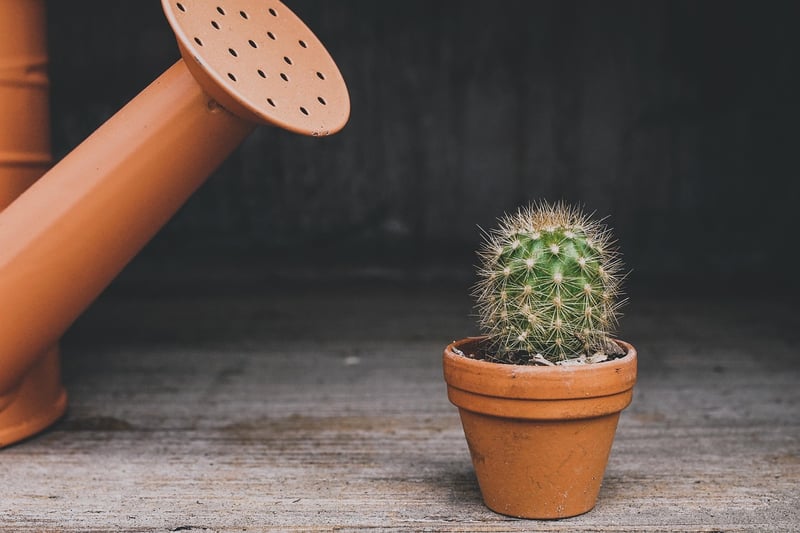Watering Techniques
Expert Advice for Vertical Gardens + Watering Techniques
Introduction to Vertical Gardens
Vertical gardens are a creative way to bring greenery into small spaces, both indoors and outdoors. They not only add a touch of nature but also help purify the air and create a visually appealing environment.
Benefits of Vertical Gardens
- Space-saving solution
- Improves air quality
- Enhances aesthetics
- Provides insulation
- Reduces noise pollution
Expert Tips for Vertical Gardens
1. Choose the right plants that thrive in vertical settings, such as succulents, ferns, and ivy.
2. Ensure proper drainage to prevent waterlogging, especially in vertical planters.
3. Regularly prune and trim the plants to maintain their shape and health.
4. Consider the amount of sunlight the vertical garden will receive to select appropriate plants.
Watering Techniques for Vertical Gardens
Watering vertical gardens can be a bit tricky due to the unique setup. Here are some effective watering techniques:
1. Drip Irrigation System
A drip irrigation system can be installed in vertical gardens to provide a slow, consistent flow of water directly to the plant roots.

2. Watering Wand
Use a watering wand with a long spout to reach plants at different heights in the vertical garden easily.

3. Self-Watering Planters
Invest in self-watering planters that have built-in reservoirs to provide a steady supply of water to the plants.

Conclusion
Vertical gardens are a fantastic way to introduce greenery into any space. By following expert advice and utilizing proper watering techniques, you can create a stunning vertical garden that thrives and enhances your surroundings.
